Bedroom Window Treatments to Block the Light
http://decor-ideas.org 09/23/2013 01:30 Decor Ideas
I used to live in a house with a bedroom that overlooked the water. People often remarked how wonderful it would be to wake up to that view. I didn’t have the heart to tell them I never did.
I like a dark bedroom. I keep as many layers as possible between myself and the sun. I’ve even been known to hang blankets over the windows in hotels, or when visiting those enemies of vampires everywhere, the bed-and-breakfast.
If you sleep better in darkness, there are plenty of alternatives to blankets (or, heaven forbid, aluminum foil). You just have to know what to look for and how to install it.
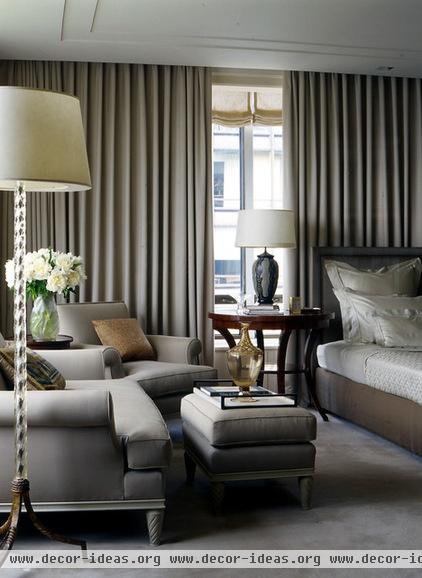
Draperies and Curtains
Draperies are a classic way to block the light in a bedroom. Blackout liners applied to the backs make them opaque, and they won’t add significantly to the cost.
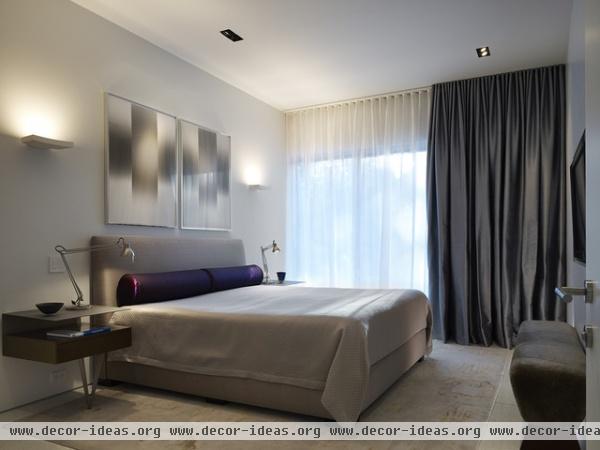
For greater flexibility consider pairing a translucent curtain with a separate blackout curtain, mounted back to back. That way you can get either filtered light or total darkness, depending on your needs.
The blackout curtain here extends from floor to ceiling and wall to wall, assuring complete darkness while minimizing the presence of the sliding glass doors.
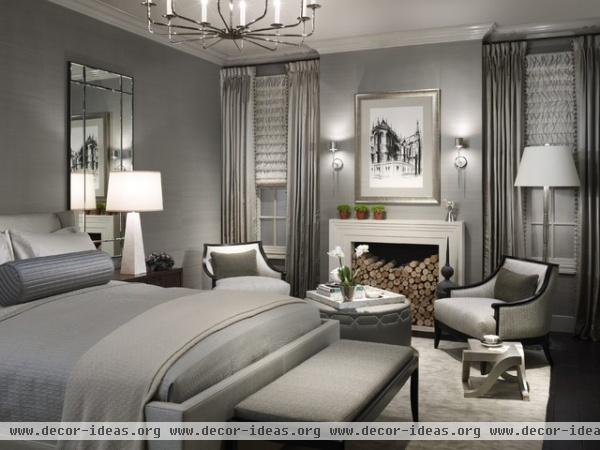
Or pair curtains with shades, for several lines of defense.
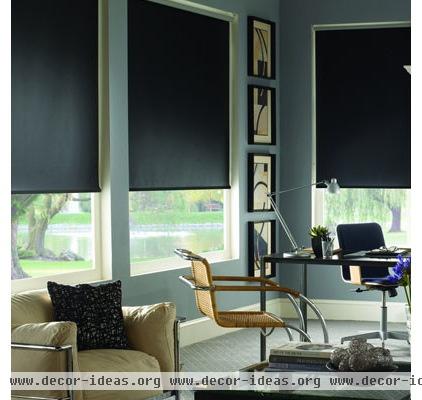
Blackout Shades
One of the cheapest and most effective solutions is a blackout roller shade. For even greater darkness, mount the shade so it trails behind the roller and affix it to the face of the window frame, so light can’t seep between the shade and the side of the frame.
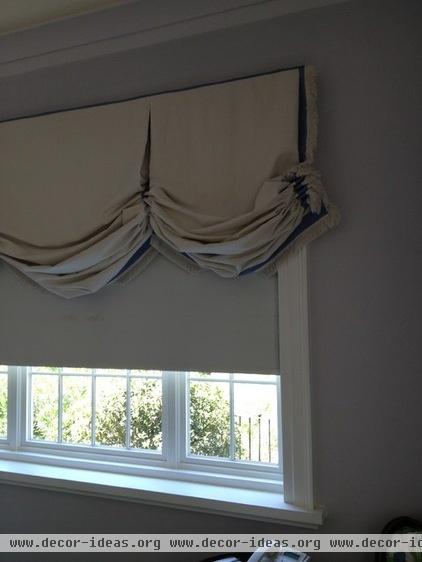
Blackout shades on their own are not very attractive. If you're building a new home, consider installing a recessed pocket above the window to hide the shade when it’s not in use. Or pair the shade with another treatment, such as a curtain, valance or decorative shade.
Some companies sell shades in pairs housed in a single header, with the decorative one in front and the blackout shade behind it. Or create your own pair with a dual shade bracket.
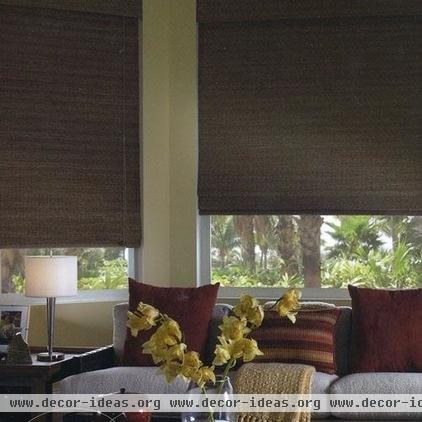
If you like the idea of a blackout shade but not the look, consider having a natural woven shade customized with a blackout liner.
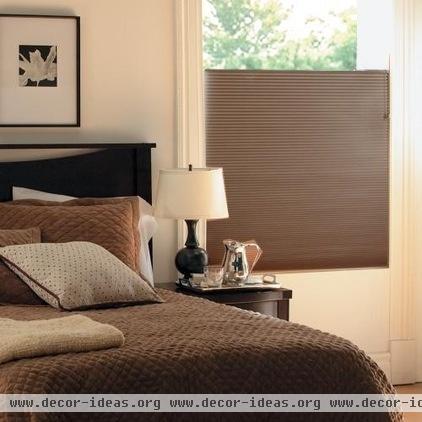
Cellular Shades
If roller shades aren’t to your liking, try blackout cellular shades, like the one shown here. A number of companies make them. Comfortex produces one called the SlumberShade; its sides run up and down inside a channel, eliminating light seepage on the sides.
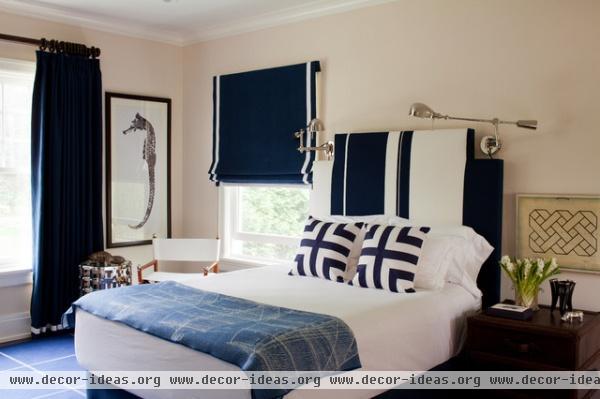
Roman Shades
If you prefer the look of a Roman shade, try one made with a blackout lining.
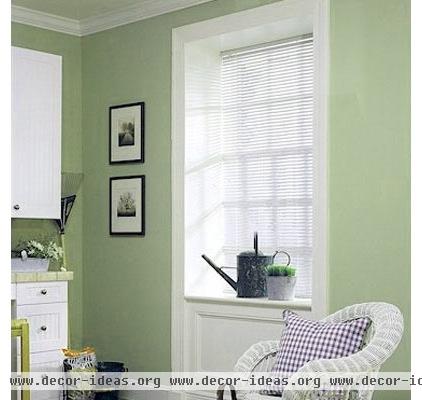
Levolor Riviera One Mini Blinds - $41.28 » Blinds
“If you want to obtain blackout, blinds aren’t the way to go,” says Mary Ann Gahafer, co-owner of All About Windows in Charleston, South Carolina.
Despite that, you can still reduce the amount of sun seeping through them. Aluminum blinds will block light better than vinyl blinds, as will routless blinds (trademark name: de-Light), on which the string hole has been eliminated.
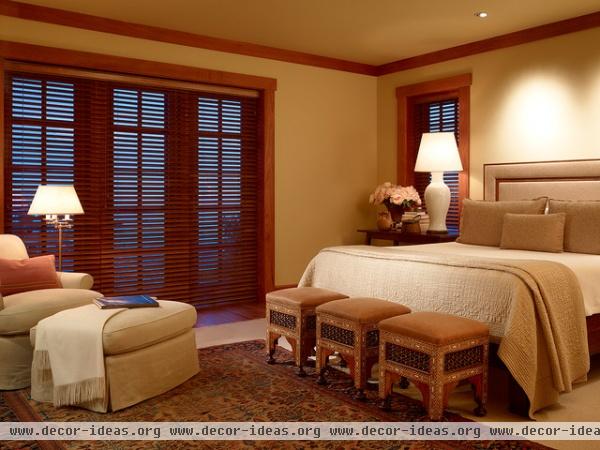
The wider the slat in a blind, the fewer breaks there are to admit light. Wood blinds commonly come with 2- or 2½-inch slats, but wood can warp, which lets in light. For long-term darkness, choose composite blinds, which look like wood and retain their shape indefinitely.
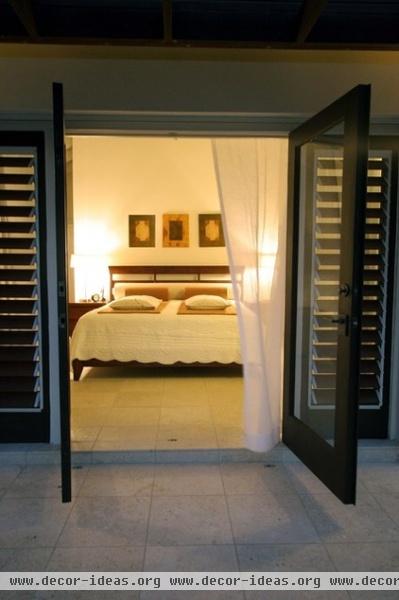
Shutters
Like blinds, shutters offer limited protection from light. For optimum opacity, go with a wider slat — 4½ inches instead of 2½ inches.
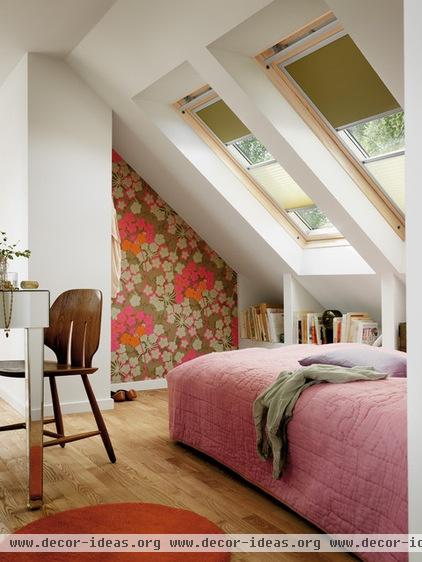
Motorization
Does your bedroom have high windows or skylights? Frank Ford, owner of Delmarva Blinds & Shutters in Davidsonville, Maryland, recommends installing a motorized system.
A battery-powered device that can remotely open and close a blind or shade will set you back only about $100. For numerous windows or greater control, consider a hardwired system.
More:
Get your light (and dark) right for a healthy sleep
Related Articles Recommended












